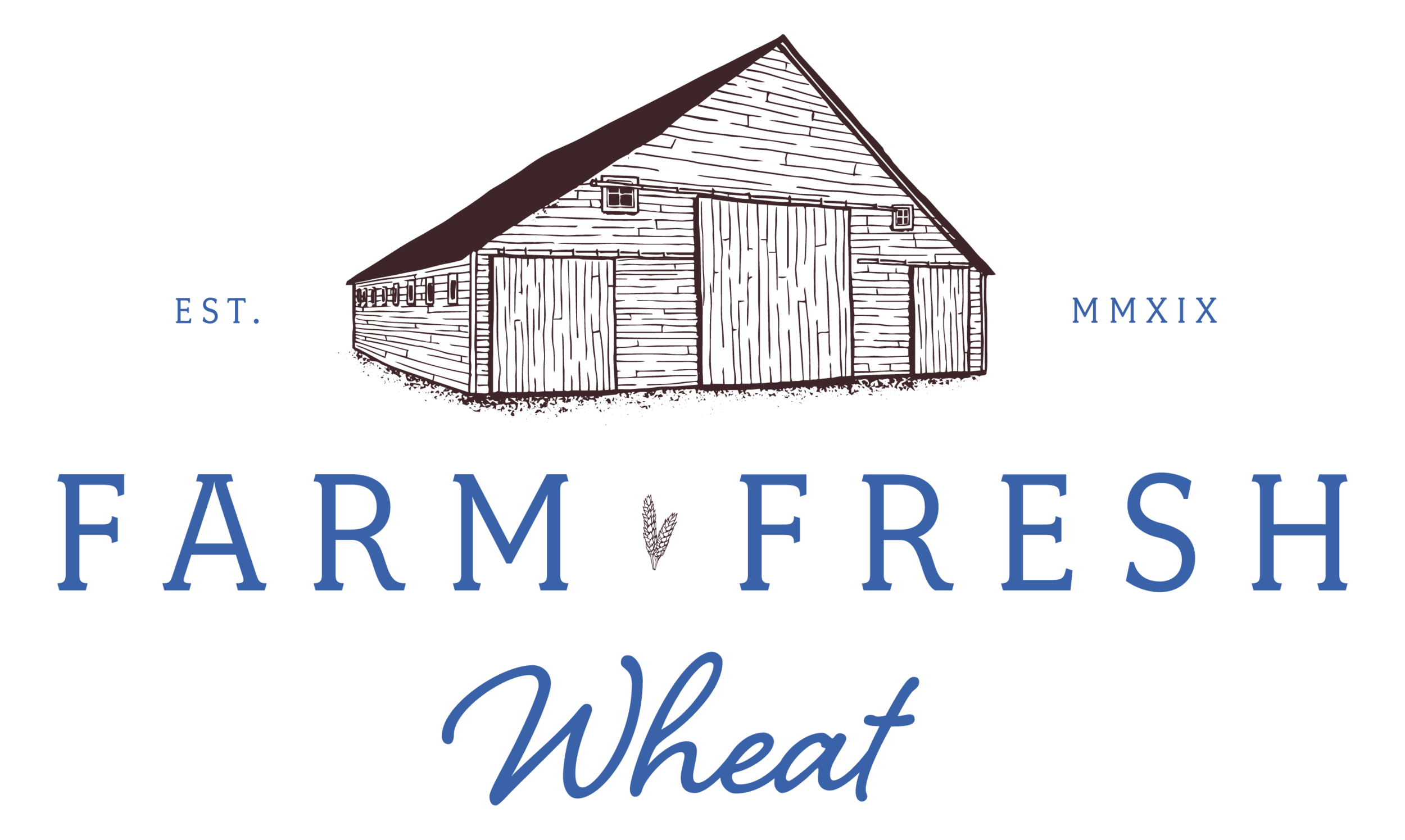Across Snow-Covered Fields
I woke up to the sound of window shades being raised and the farm boys’ cries of delight. A fresh layer of snow!
My view from a snow day walk.
Early morning sunrise on our snowy farm.
As I stumbled to the kitchen for my first cup of coffee, I could see Kevin grinning from ear to ear. Few things make a dryland farmer/rancher smile like a thick layer of fluffy, white snow.
SNOW’S ROLE ON THE FARM:
Snow plays a critical roll on our farm. In fact, it can be more critical than the rain received during the year.
Snow acts as a water reserve. Think of the snow as a giant water holding tank. As it melts (hopefully slowly), it releases water that will be absorbed by the soil and stored for plants.
Snow acts as insulation from the cold. Snow is like a blanket for our winter wheat that keeps our plants from freezing. But now just our wheat. Rangeland grasses also appreciate a thick layer of snow. The thicker the blanket, the happier the plant, and the less chance we have of frost damage.
Winter sunrises are some of the best!
Is all snow Made Equal?
Did you know that all snow is not created equal? Just like some snow is better for skiing than other snow, some snow is better for dryland farming. But what makes good farm snow?
Our fields are a beautiful blend of blond and white until the snow gets deep.
Moisture.
As temperature drops, snow holds less moisture. So, snow at 32 degrees contains more water than snow at 0 degrees.
Best snow: large flakes, holds together to make a snowball
Not so great snow: dusty-like flakes, blows away, doesn’t make a snowball
In a perfect world, we want a wet snow followed by a day of sunshine that melts just the top layer of snow. This creates an ice crust on the snow, slowing snow melt and giving our wheat more protection from freezing temperatures.
To learn more about our farm, follow us on Facebook or Instagram at @farmfreshwheatwa. You can also purchase wheat berries straight from our farm here.
Best!
The Sieverkropps


